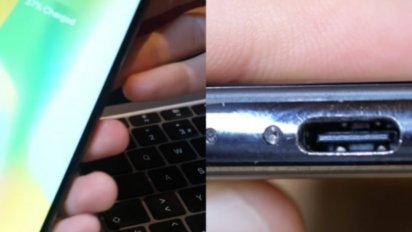Apple announced the iPhone X during its September 2017 event, and the handset took over as the new flagship iPhone. This was the first iPhone to ditch the home button, return to the “glass sandwich” design, and house Face ID.
Apple removed the iPhone X from sale when the iPhone XS launched in 2018.
iPhone X Features
Design
The iPhone X weighs 6.14 ounces and has a 5.8-inch OLED screen. This was Apple's first full-screen iPhone, which the company accomplished by folding the OLED panel under the bottom of the display.
A notch at the top of the phone housed the front-facing camera and necessary Face ID components. The notch became the new identifying factor when the iPhone was displayed as an icon, as opposed to the home button. Nearly every Android manufacturer copied the controversial notch design throughout 2017 and 2018. Samsung was the only significant holdout, moving to a “hole-punch” design for the Galaxy S10's front-facing camera.
The addition of wireless charging necessitated a glass casing rather than the aluminum backing that Apple had used on iPhones since the iPhone 4s. A stainless-steel band wrapped the edges of the device with rounded corners and sides, pointing back to the original iPhone design.
The iPhone X was rated with IP67 water and dust resistance.
Display
The OLED screen Apple introduced with the iPhone X was a significant design change from previous iPhone generations, and not just from the physical appearance. Having switched from LCD, the wide color P3 OLED panel had a 1,000,000:1 contrast ratio and 625 cd/m2 max brightness. This HDR display meant it could display video and images with high contrast and accurate color representation.
Apple called the screen a Super Retina HD Display, with a 2436 x 1125 resolution, giving it a pixel density of 458 PPI.
Whereas previous iPhones included space for a Home button, the iPhone X instead allows the display to reach the bottom edge. Apple replaced the Home button and Touch ID with swiping gestures and Face ID.
True Tone first came to iPhone with the iPhone X, a display technology first used in the 9.7-inch iPad Pro. Sensors monitor the ambient light to change the display's white point and brightness, making the screen more comfortable to look at in different environments. The effect is similar to how eyes adjust to viewing white paper in different lighting.
A11 Bionic Chip
Apple introduced the 64-bit A11 Bionic chip with a Neural engine and M11 motion coprocessor for the 2017 iPhone lineup. This was a big step up from the A10 used in the iPhone 7 device family, which had two high-power cores and two high-efficiency cores. The A11 increased the number of high-efficiency cores to four, bringing the total to six cores.
According to Apple's benchmarks, the four efficiency cores were up to 70-percent faster than those in the A10 Fusion. This chip also included the first Apple-designed GPU, which was 30-percent faster than the GPU used in the A10.
The A11 was also the driving force behind the iPhone X's facial recognition system. The dual-core Neural engine was capable of 600 billion operations per second, allowing it to perform facial recognition on the device without sending data to Apple's servers for further processing.
TrueDepth Camera and Face ID
The sensor housing contained everything needed for Face ID to work, alongside a microphone and a speaker, cut into the display “notch.” A four-component array called the TrueDepth camera system took up most of the room in the housing and enabled Face ID.
The array consists of a 7-megapixel camera sensor, an infrared camera, a flood illuminator, and a dot projector. Aside from taking standard 2D still images, this array projected more than 30,000 dots to help create a depth map of the user's face, which then combined with the still image to create a 3D map.
This facial map is then encrypted and stored in the encrypted Secure Enclave, where it is used for Face ID. The system was much more efficient and secure than Touch ID, and has since been used in every iPhone released with only a couple of exceptions. The iPad Pro even moved to Face ID in 2018.
Despite all the precautions and ML, some security firms were able to create masks capable of defeating Face ID. Though billed as created from $200 worth of materials, the masks created in such efforts were extremely complex, and would be more difficult than obtaining other means of unlocking the device.
Some controversy arose surrounding the new technology, just as with Touch ID. A video showed a 10-year-old boy unlocking his mother's phone using Face ID. While their features could have been similar enough to unlock the phone, it was far more likely that they had accidentally “programmed” the Face ID model to work for both faces with repeat passcode entry.
Apple Pay continues to function in the same way, with Face ID performing the authentication duties for transactions. This means users will have to confirm their identity by looking at the iPhone. Apple added an extra safeguard against accidental purchases, requiring users to double-tap the power button to confirm a transaction.
The TrueDepth camera is also capable of taking more conventional self-portraits, featuring an f/2.2 aperture with auto HDR, auto image stabilization, Retina Flash, 1080p video recording, body and face detection, burst, and timer modes.
It is worth noting that, while a flashing light can be seen when filming the TrueDepth camera array with another camera, it is not visible to the human eye. Digital camera sensors are capable of capturing some of the infrared light from the array's Dot Projector, but it is outside the usual visible light spectrum the eye is capable of seeing.
Rear Camera
On the back are two 12-megapixel sensors, consisting of a wide-angle ƒ/1.8 camera and a telephoto ƒ/2.4 camera. Equipped with six-element lenses, backside illumination sensors, and a sapphire crystal lens cover, the cameras also have dual optical image stabilization, auto image stabilization, a quad-LED True Tone flash with Slow Sync, a hybrid IR filter, and autofocus with Focus Pixels.
In terms of modes, the rear cameras can take 12-megapixel photographs, a 63-megapixel panorama, and they include body and face detection, exposure control, burst and timer modes, and improved local tone mapping. Image formats captured are listed as HEIF and JPEG.
For video, the rear cameras can record 4K video at 24fps, 30fps, and 60fps, as well as 1080p and 720p video, with slow-motion support for 1080p at up to 240fps, output in HEVC and H.264 video formats. It supports optical image stabilization, and you can record video with an optical zoom or a 6x digital zoom. It also offers cinematic video stabilization at 1080p and 720p, time-lapse videos with stabilization, and the ability to take 8-megapixel still photos while recording 4K video.
To improve photographs in low-light situations, Apple has included a Slow-Sync flash feature that keeps the shutter open for longer and reduces the brightness of the flash itself. Though this can introduce motion blur, the resulting shot illuminates the subject evenly without any harsh bright spots, with more details visible in dark backgrounds.
Camera Software Features
The ability to scan the user's face with the TrueDepth is also used in other applications than security, such as for animation and effects for self portraits.
The Animoji iMessage app uses the TrueDepth camera to capture over 50 different facial expressions, which are then mapped to a character's head that reacts to the user's own facial movements. This animation can be recorded with the user's voice, with the video able to be sent to another user to view.
Taking advantage of the A11's processing capabilities, both the single front-facing TrueDepth camera and the rear two cameras have the same new features in Portrait mode. For both sides, users can create shots with a shallow depth of field, including blacking out the background and applying five different lighting styles to the subject.
Battery Life
The iPhone X battery had a capacity of 2,716mAh, and Apple advised it would last up to two hours longer than the iPhone 7. The company listed talk time as up to 21 hours, with internet use of up to 12 hours, wireless video playback for 13 hours, and up to 60 hours of wireless audio playback.
The iPhone X also benefits from a fast-charge capability, with it able to reach up to a 50 percent charge within 30 minutes using its Lightning port. Notably, Apple's test was conducted using its 29W USB-C power adaptors, but the iPhone X shipped with a 5W USB-A charger, meaning that users wanting to charge quickly would have to acquire another charger.
Originally, the wireless charging capability was limited to 5 watts, but this has since changed. Included as part of the iOS 11.2 update, Apple enabled all compatible wireless charging devices to transfer power at 7.5 watts, speeding up the battery recharge time using the technology.
The introduction of wireless charging, using the open Qi protocol, meant the iPhone X could be used with a wide array of existing wireless charging systems, including some installed in stores and restaurants.
Apple also teased a wireless charging accessory it had initially planned on releasing in 2018. Apple intended for AirPower to offer a large charging area that could be used by multiple devices at the same time. During the presentation, it was shown that an iPhone, AirPods wireless charging case, and an Apple Watch Series 3 could all fit onto the charging pad. Apple has since canceled AirPower, with MagSafe accessories taking its place.
In late October, Apple issued a support document detailing auto maker brands that support iPhone wireless charging in their vehicles. The initial list included models from Buick, Cadillac, Chevrolet, and GMC, though it is noted that only specific models meeting the Qi standard Apple relies on charge iPhones.
Connectivity, Location, and Other Sensors
Aside from the Lightning port at the base, which can be used for both charging and data transfers, the iPhone X includes 802.11ac Wi-Fi with MIMO, Bluetooth 5.0, and NFC connectivity, the latter of which can be used for Apple Pay transactions. Cellular connectivity ranges from GSM/EDGE to LTE, with Voice over LTE (VoLTE) supported by a number of carriers for higher quality call audio.
The iPhone X is able to find its location using the satellite-based assisted GPS, GLONASS, Galileo, and QZSS. It can also use cellular networks, Wi-Fi hotspots, and iBeacons to assist its location detection in areas with a limited view of the sky.
Other sensors, aside from the TrueDepth array, include a barometer, three-axis gyro, accelerometer, proximity sensor, and ambient light sensor.
iPhone X Rollout and Reception
Apple offered the iPhone X in a choice of two color options: Space Gray and Silver. The 64 gigabyte capacity model cost $999, while the 256 gigabyte variant was priced at $1,149.
Though revealed on September 12, 2017, Apple held back pre-orders for the iPhone X until October 27, a week before the handset shipped on November 3. The supply of iPhone X units from Apple's online store was exhausted just minutes after preorders commenced, with shipment estimates reaching 5 to 6 weeks less than two hours later.
Apple opened up a pre-approvals process for iPhone Upgrade Program participants, allowing customers to go through everything they needed to get their upgrade to an iPhone X as soon as possible after release. Gaining pre-approval did not ensure the customer would get an iPhone X on the release date, but did allow participation in pre-ordering the device on October 27.
"We can see from the initial response, customer demand is off the charts," an Apple spokeswoman confirmed. "We're working hard to get this revolutionary new product into the hands of every customer who wants one, as quickly as possible."
While customers who pre-ordered the iPhone X were the most likely to get their device on the November 3 release date, Apple advised there would be limited inventory available at Apple retail outlets for walk-in customers on that date.
To help users acclimate to the iPhone X, Apple offered a half-hour phone conversation with an Apple Specialist to customers who bought the device, with the call accompanied by a video designed to help users "go further" with the hardware.
On November 7, 2017, Apple confirmed it would be expanding sales of the iPhone X into one more country on November 23 and 13 more the following day. At that time, the iPhone X would be available to order within 71 countries.
Apple had mostly caught up to demand by the end of November, with U.S. delivery estimates for the iPhone X hovering at the six business day mark in Apple's online store. In the previous week, deliveries were expected to take between one and two weeks to complete, with shipping lead times earlier in the month suggesting deliveries taking up to three weeks.
By December 10, shipments had improved to the level that many online orders from Apple in the U.S. offered delivery of the iPhone X within 3 to 5 days. Apple also improved ship times for in-store pickups and in other markets.
By December 18, Apple's U.S. online store had offered next-day deliveries of all models of iPhone X, with same-day pickup in a large number of Apple retail outlets. By December 26, it was reported that availability of the iPhone X in U.S. Apple Stores had grown to 97 percent, up from the average availability of 44 percent the previous week.
Customers waiting for the iPhone X hadn't put much of a dent on the sales of the iPhone 8 at launch, with Apple CEO Tim Cook noting the smartphone to be out of stock in some locations. Some reports also noted some locations were seeing fewer iPhone 8 sales than expected, presumably with upgraders prepared to wait for the iPhone X.
On November 11, 2017, supply chain reports from KGI Securities analyst Ming-Chi Kuo indicated the high sales of the iPhone 8 Plus was "cannibalizing demand" for the iPhone 8, prompting some of Apple's manufacturing partners to switch production lines from the iPhone 8 to the Plus and the iPhone X to balance supply and demand issues.
Apple officials have long warned analysts and the media from reading too much into supply chain reports, due to the company's large and complex supply chains making it difficult to pinpoint specific trends. The iPhone X ended up being a big hit, paving the way for the future of iPhone.
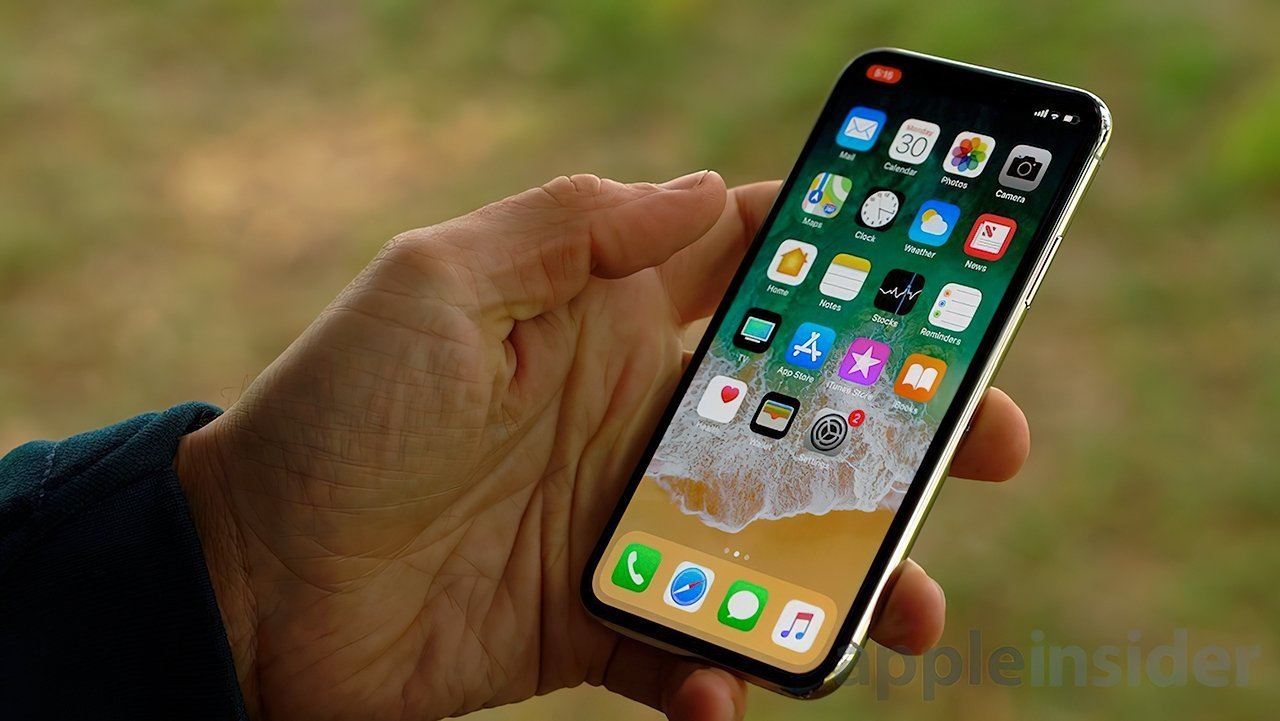
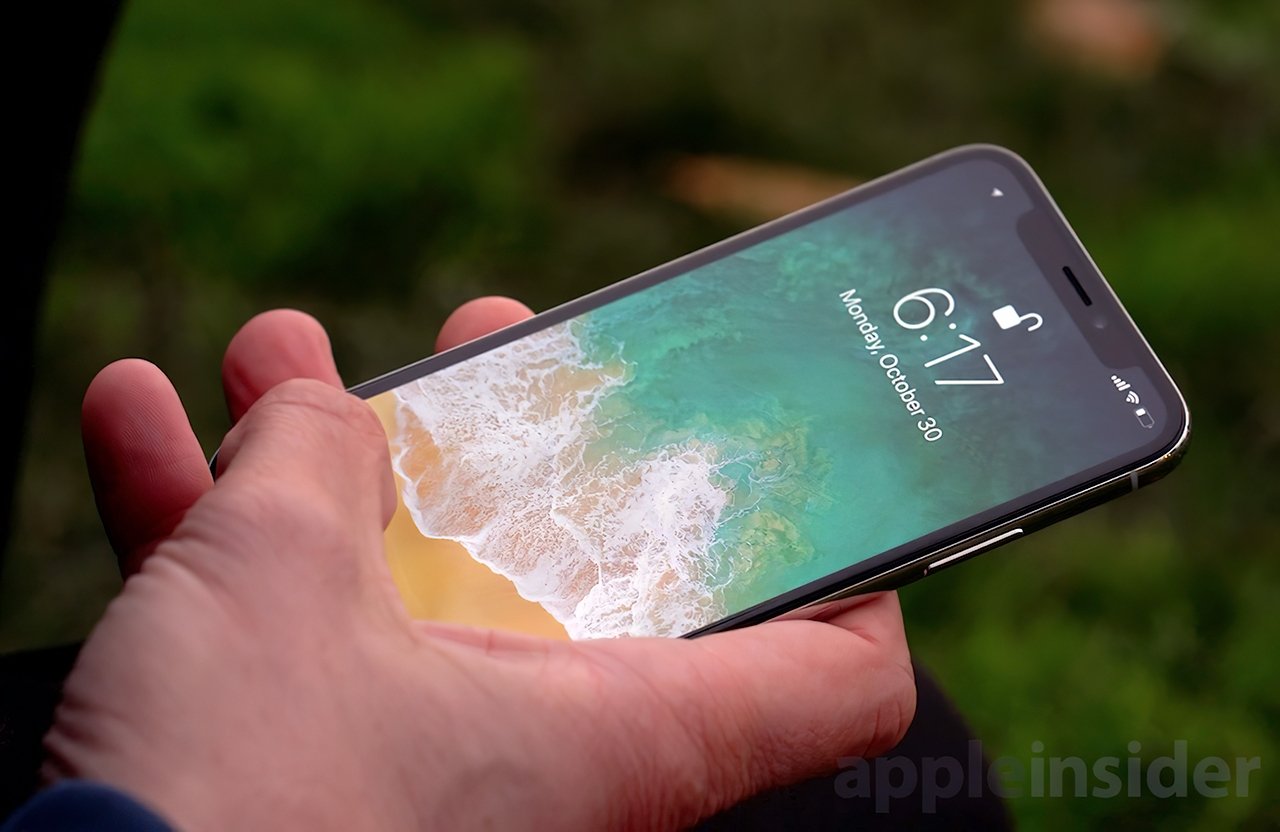
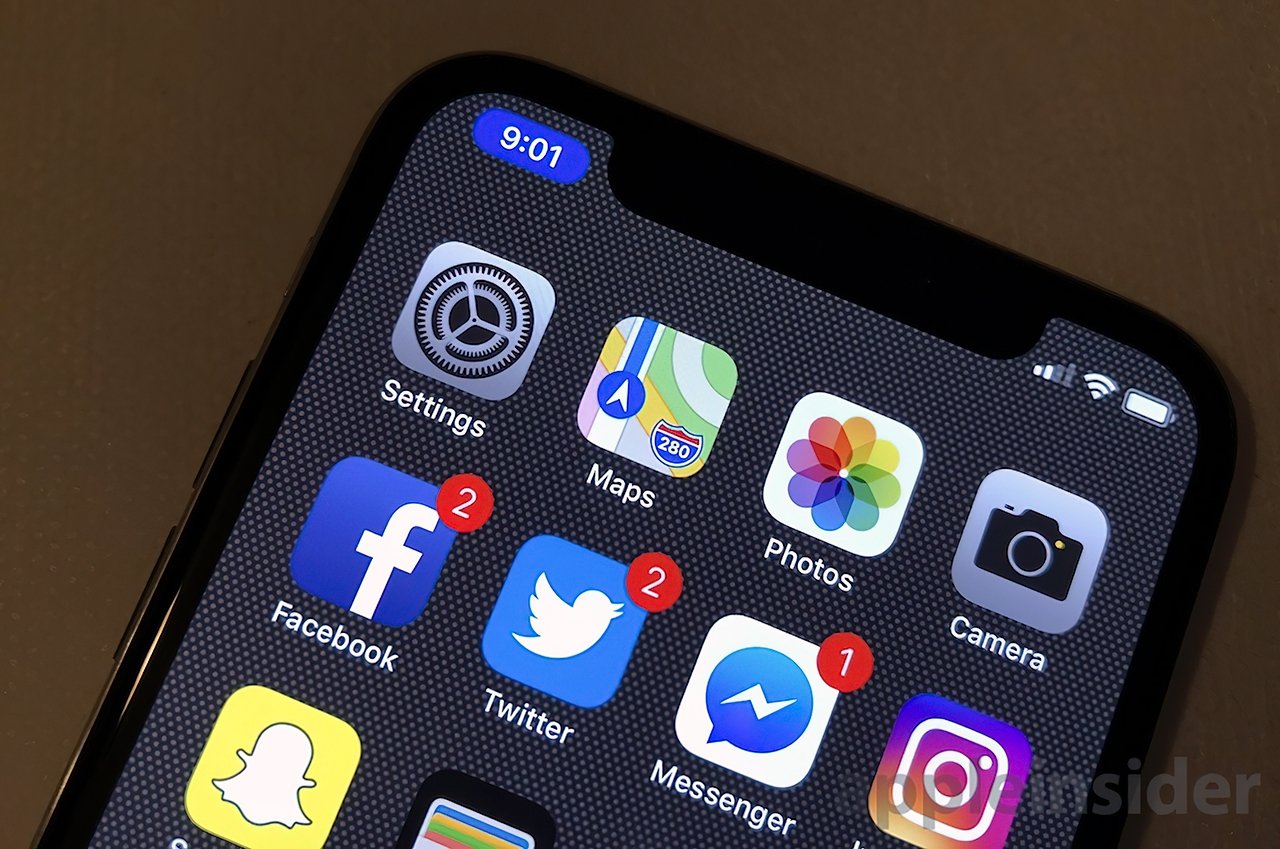
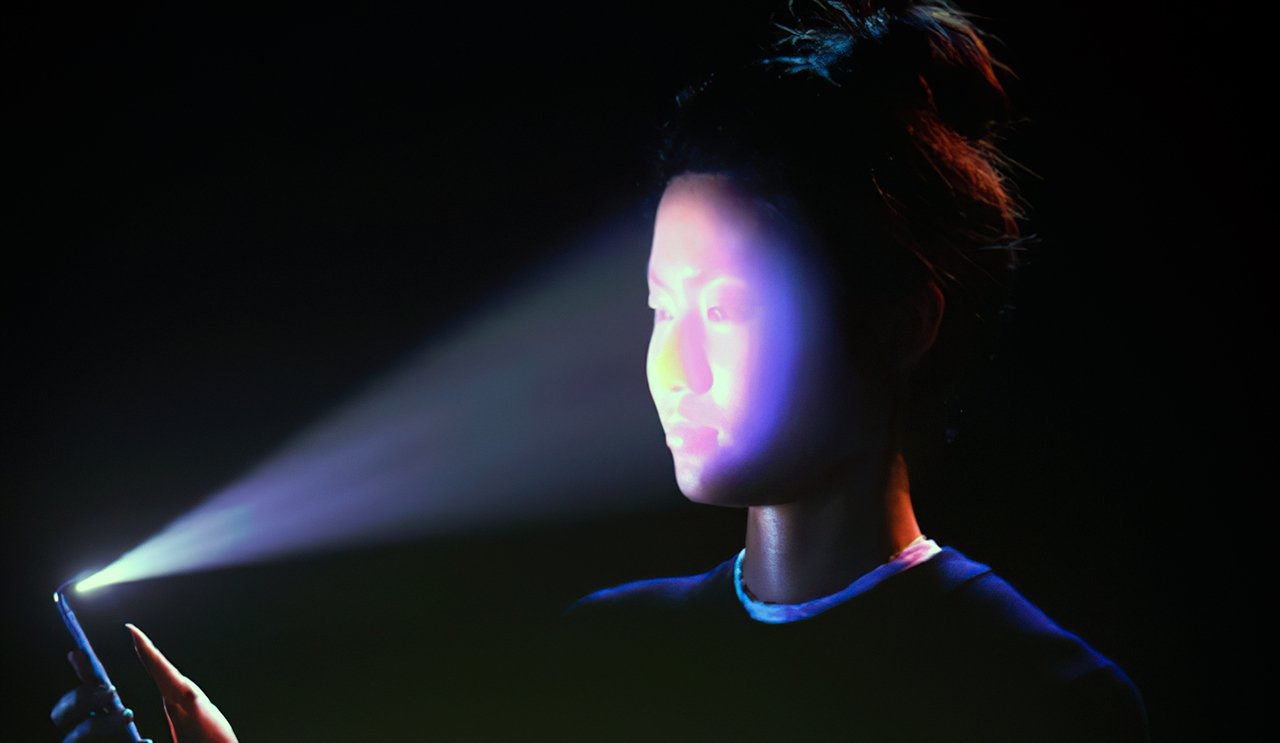
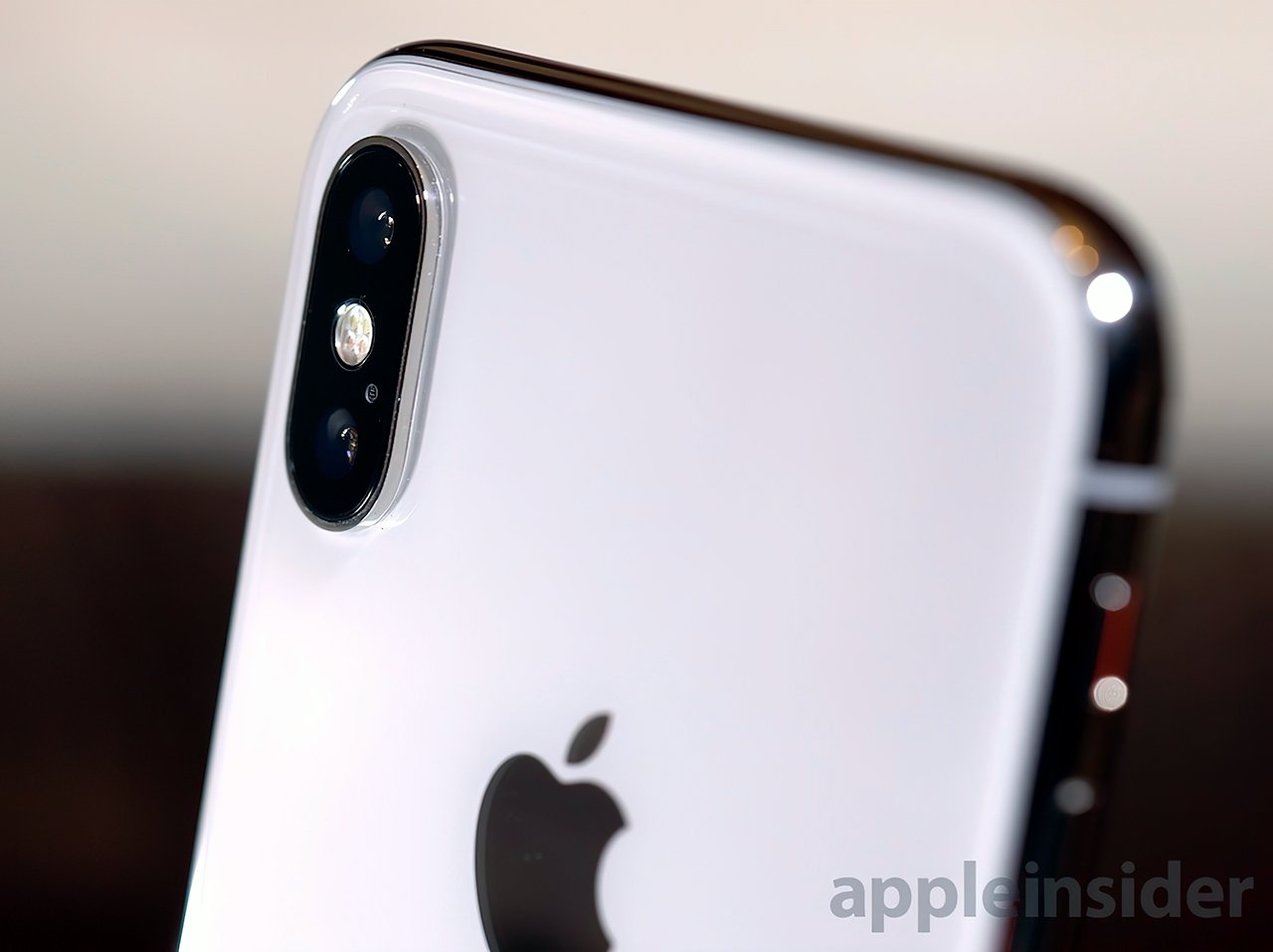
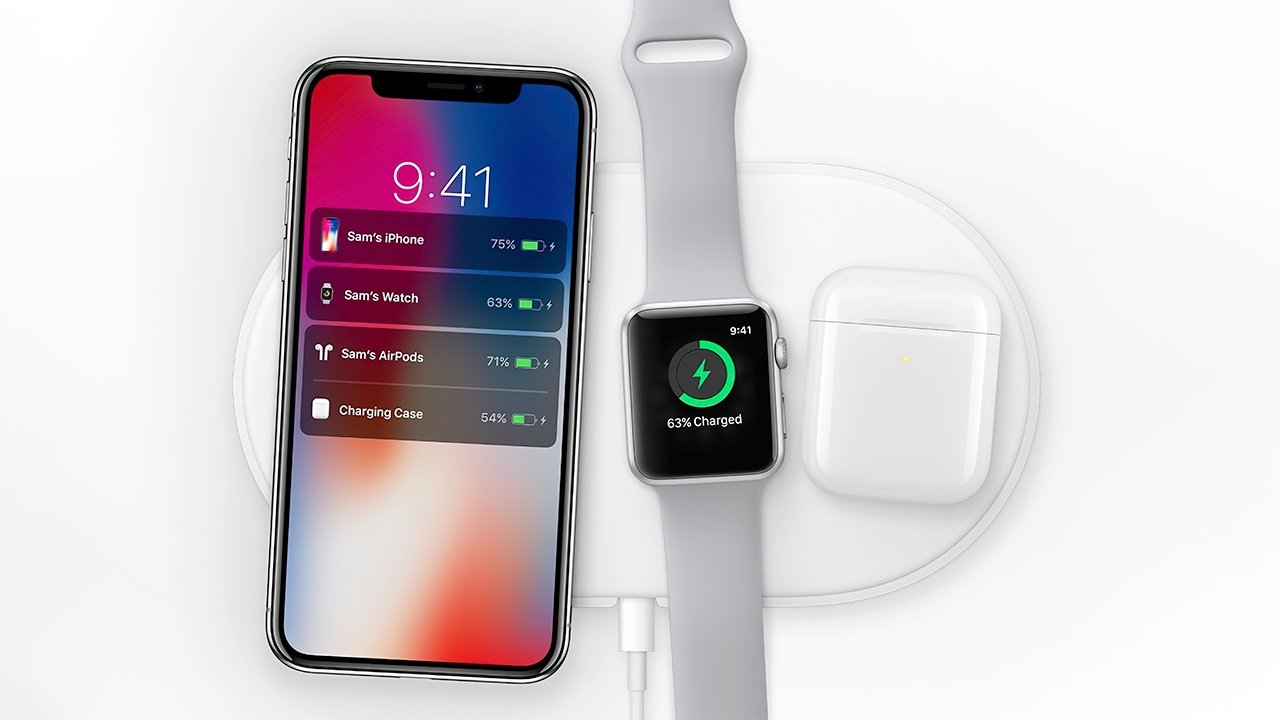

 William Gallagher
William Gallagher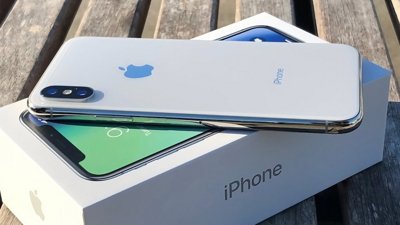
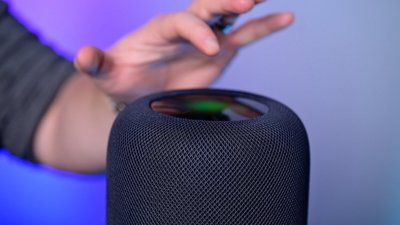
 Malcolm Owen
Malcolm Owen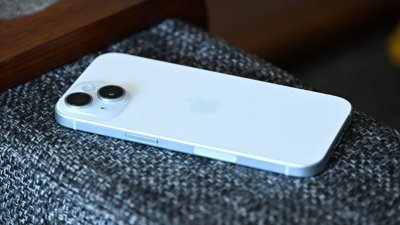
 AppleInsider Staff
AppleInsider Staff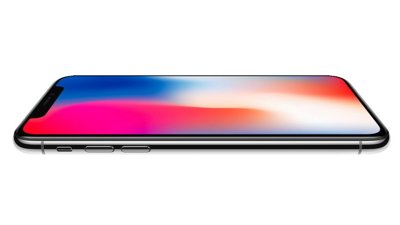
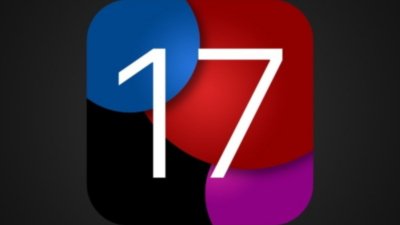
 Andrew Orr
Andrew Orr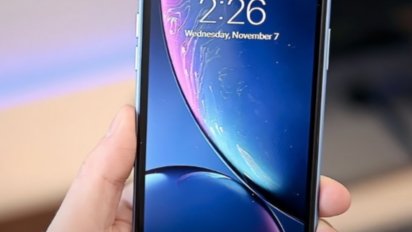
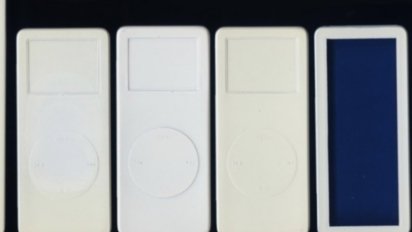
 Mike Peterson
Mike Peterson